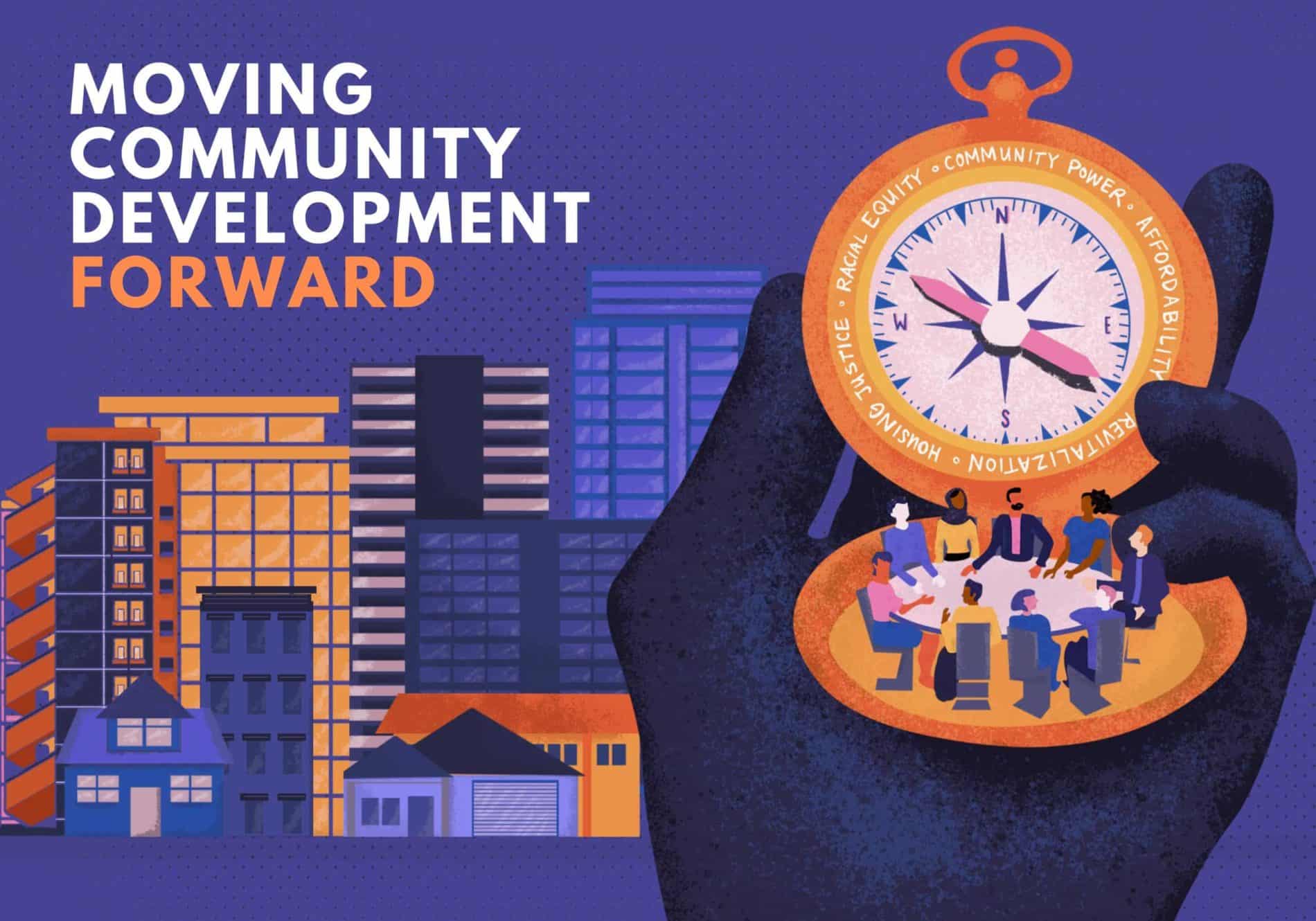
We may not have a renowned live music scene, but there are a lot of people around playing on their porches. Every once in a while they’ll get together at a fundraiser or a community gathering like the one I was at.
It occurs to me that maybe we should be doing more to promote our local music as an economic development opportunity, and as an opportunity to create third places.
It’s another way, much like talking up the fresh produce from our farms or our historical resources, that we can create jobs and revenue without having to turn to outside interests for help. And it builds community at the same time.
There's ample precedent for the economic development part. The Crooked Road Heritage Trail is drawing tourists and their dollars to Southwest Virginia to hear live music in places where people have been playin' and pickin' since forever ago. It didn't require a dramatic change in how people live to create this valuable economic resource; it just required citizens and leaders in that region to work together and recognize what a treasure they already had.
For a long time I thought that while Southwest Virginia was blessed with being the birthplace of Ralph Stanley and the Carter Family, among many others, we here in Central Virginia had no such musical fortune. I have begun to realize that I was mistaken, as I hear about events and musicians right in my area who are practicing the same arts, and doing it very well.
Many regions that are well-known for other economic resources have a rich musical heritage as well. I remember how surprised I was when the planner Sam Bass Warner published a book about Greater Boston that included a section on that region's folk music scene. Having grown up in that area, I was well aware that churches and other venues in many towns hosted “coffeehouses” where people would play music. But until I picked up that book, I'd never thought about it as an essential part of our community fabric.
It does take a significant amount of organization to develop an identity as a place to hear music, just as it does to build a reputation for arts and crafts, or an identity as a great place to drink beer and watch the sun set. But for communities that are struggling to attract high-paying jobs and revenue to pay for schools, roads, and essential services, it is well worth looking at music as a core element of the community's identity.
(Photo by Jeffrey Yuen)





Comments